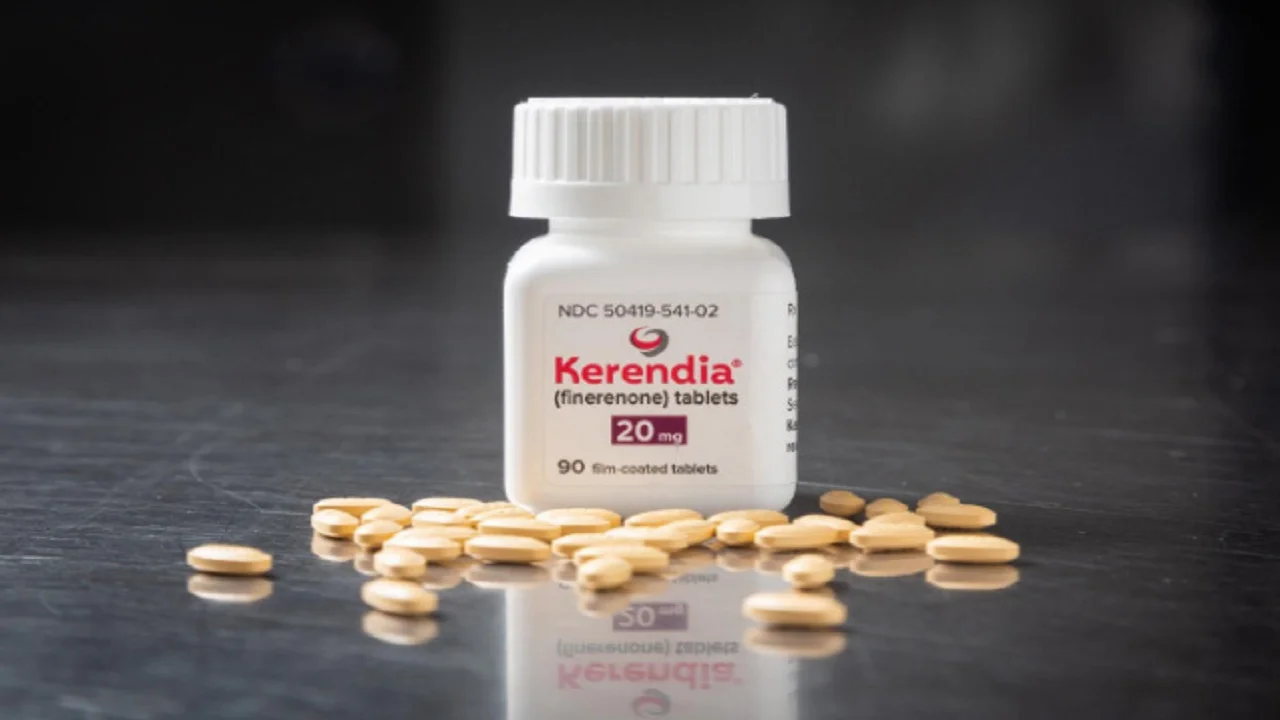
What's new in cardiovascular medicine: Part I
ARRHYTHMIAS
- Activated factor XI inhibition for patients with atrial fibrillation (September 2024 NEJM)
Patients with atrial fibrillation (AF) require anticoagulation to prevent thromboembolic complications, but standard treatment with a direct oral anticoagulant (DOAC) causes bleeding complications. Inhibition of activated factor XI (XIa) has been proposed as an anticoagulation target to reduce thromboembolic risk with potentially lower bleeding than with DOACs. In an international trial in which nearly 15,000 patients with AF were randomly assigned to asundexian (a factor XIa inhibitor) 50 mg daily or standard-dose apixaban (a DOAC), the trial was stopped early due to a higher incidence of stroke or systemic embolism with asundexian compared with apixaban; major bleeding was less frequent with asundexian
Conclusion: Studies with other agents are in progress to determine whether a degree of factor XIa inhibition can be achieved that provides effective protection against thromboembolism with lower bleeding risk than with a DOAC. - Choice of anticoagulant for patients with atrial fibrillation and severe chronic kidney disease (September 2024 JAHA)
Patients with atrial fibrillation (AF) and severe chronic kidney disease (CKD) face increased risks of bleeding and thromboembolism; the optimal anticoagulant in this setting is uncertain. In a clinical database study of nearly 7000 nondialysis-dependent adults with AF and severe CKD, apixaban use was associated with a lower risk of major bleeding than rivaroxaban or warfarin use, while rates of stroke/systemic embolism and death were similar among the three anticoagulants
Conclusion:This study and other observational data support use of apixaban as the preferred anticoagulant for patients with AF and severe CKD - A leadless pacemaker-defibrillator system to treat ventricular tachycardia (July 2024 NEJM)
Subcutaneous implantable cardioverter-defibrillators (S-ICD) are not designed to provide pacing for bradycardia or ventricular tachycardia (VT), but a leadless pacing system can theoretically provide antitachycardia pacing (ATP) for VT sensed by an S-ICD. In a recent study in over 160 patients at risk for VT who had an indication for S-ICD placement, patients underwent placement of a leadless pacemaker capable of wireless communication with their S-ICD. After implantation, VT was successfully terminated with ATP from the leadless pacing system in 61 percent of patients, and all other episodes of VT were terminated either by a shock from the S-ICD or spontaneously.
Conclusion: In highly selected patients, the addition of a leadless pacing device with wireless connection to an S-ICD can provide backup pacing and antitachycardia pacing. - Long-term effects of cardiac resynchronization therapy (March 2024 NEJM)
In patients with heart failure with reduced ejection fraction (HFrEF), left bundle branch block with QRS duration ≥120 ms, and New York Heart Association class II to III symptoms, cardiac resynchronization therapy (CRT) has short-term mortality benefits, but long-term data are lacking. In a recent study that reported long-term follow-up (median 7.7 years) of over 1000 patients randomly assigned to CRT plus an implantable cardioverter-defibrillator (ICD) or ICD only, 15-year mortality rates were 71 and 76 percent, respectively
Conclusion: In patients with indications for CRT, mortality is high, and we recommend CRT therapy to reduce the short- and long-term risk of mortality. - Cardiac pacemaker or defibrillator upgrade to provide cardiac resynchronization (March 2024)
In patients with heart failure with reduced ejection fraction (HFrEF) who have a cardiac implantable electronic device (CIED; ie, pacemaker or internal cardioverter-defibrillator) but may benefit from cardiac resynchronization therapy (CRT), there is concern that the risk of device upgrade to a CRT-capable system may exceed the benefits of such an upgrade. In a recent trial in over 350 patients with HFrEF, a pre-existing CIED, and an indication for CRT, patients randomly assigned to undergo CIED upgrade had a lower risk of heart failure hospitalization over a median of 12.4 months compared with those who did not undergo system upgrade. The rate of mortality was similar between the two groups
Conclusion: In patients with a pre-existing CIED who meet criteria for CRT, we recommend upgrade of the existing system
CORONARY HEART DISEASE, ACUTE
- Beta blockers after acute myocardial infarction (July 2024 NEJM)
While older studies suggest that beta blocker treatment is beneficial in patients with normal left ventricular ejection fraction (LVEF) after acute myocardial infarction (MI), it remains unclear whether beta blockers are beneficial in similar patients treated with modern therapies for MI (eg, percutaneous coronary intervention, ticagrelor). In a recent trial that included over 5000 patients with acute MI and LVEF ≥50 percent who were randomly assigned to beta blocker treatment or no beta blocker treatment, rates of mortality and recurrent MI were similar in the two groups after a median of 3.5 years - Physiologic assessment of coronary artery disease severity (May 2024 NEJM)
During acute myocardial infarction (MI), the severity of nonculprit coronary artery disease is typically assessed with invasive coronary angiography, but assessment with intracoronary pressure measurements may improve the selection of coronary lesions for revascularization. In a recently published trial in over 1500 patients with acute MI, patients randomly assigned to percutaneous coronary intervention (PCI) of all nonculprit lesions (ie, complete revascularization) guided by fractional flow reserve (FFR) measurement or to culprit-only PCI had similar rates of death and MI after a median of nearly five years. The trial was stopped early after evidence from other trials suggested a lower rate of death and MI with complete revascularization.
Conclusion: In patients with acute MI and nonculprit coronary artery stenosis, angiographic assessment is sufficiently accurate to identify target lesions for revascularization; FFR assessment is not routinely required
CORONARY HEART DISEASE, STABLE
- Aspirin therapy in patients with cardiovascular disease who are on an anticoagulant (September 2024 NEJM)
Aspirin reduces the risk of ischemic cardiovascular events in patients with stable atherosclerotic cardiovascular disease (ASCVD); however, the risk-benefit ratio for aspirin therapy may not be favorable in patients with ASCVD who are anticoagulated for a concurrent condition. This was confirmed by a trial in over 1000 patients with atrial fibrillation and stable coronary artery disease who were randomly assigned to the direct oral anticoagulant edoxaban as monotherapy or dual antithrombotic therapy (edoxaban plus an antiplatelet agent) . At 12 months, the incidence of major bleeding was lower in the edoxaban monotherapy group compared with the dual antithrombotic therapy group while the incidence of major ischemic events was similar in the two groups
Conclusion: For patients with stable ASCVD who require anticoagulation for a concurrent condition, we do not routinely add aspirin - Management of coronary artery disease in patients undergoing transcatheter aortic valve implantation (September 2024 NEJM)
Patients undergoing transcatheter aortic valve implantation (TAVI) for aortic stenosis commonly have chronic coronary artery disease (CAD). The role of percutaneous coronary intervention (PCI) in this clinical setting was evaluated in a trial in which over 450 patients with chronic CAD undergoing TAVI were randomly assigned to PCI (in most cases prior to TAVI) or conservative management of CAD. Patients undergoing PCI and subsequently treated with dual antiplatelet therapy had lower two-year risks of myocardial infarction and urgent coronary revascularization compared with those receiving conservative management
Conclusion: These findings illustrate the importance of assessment and management of CAD in patients undergoing TAVI. - Coronary sinus reduction device for treatment of angina (July 2024 LANCET ORBITA-COSMIC)
In patients with angina refractory to medical therapy and revascularization, one option for therapy is placement of a coronary sinus reducing device, which is a device intended to improve myocardial perfusion by restricting coronary sinus blood flow. In a recent trial that included more than 60 patients with refractory angina, patients randomly assigned to receive a coronary sinus reducing device were more likely to have improvement in angina symptoms than patients assigned to receive a sham procedure. However, the overall efficacy of the device was unclear; other important indicators of efficacy (eg, ischemic myocardium on imaging, exercise time, angina class, number of antianginal agents) were similar between groups.
Conclusion: In patients with refractory angina, treatment typically consists of medical therapy and revascularization as appropriate; the role of device-based therapies remains uncertain







